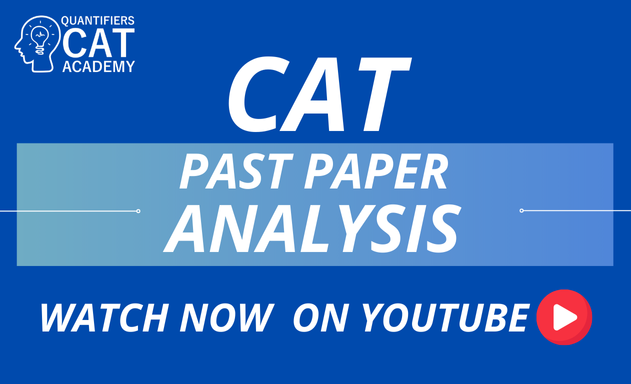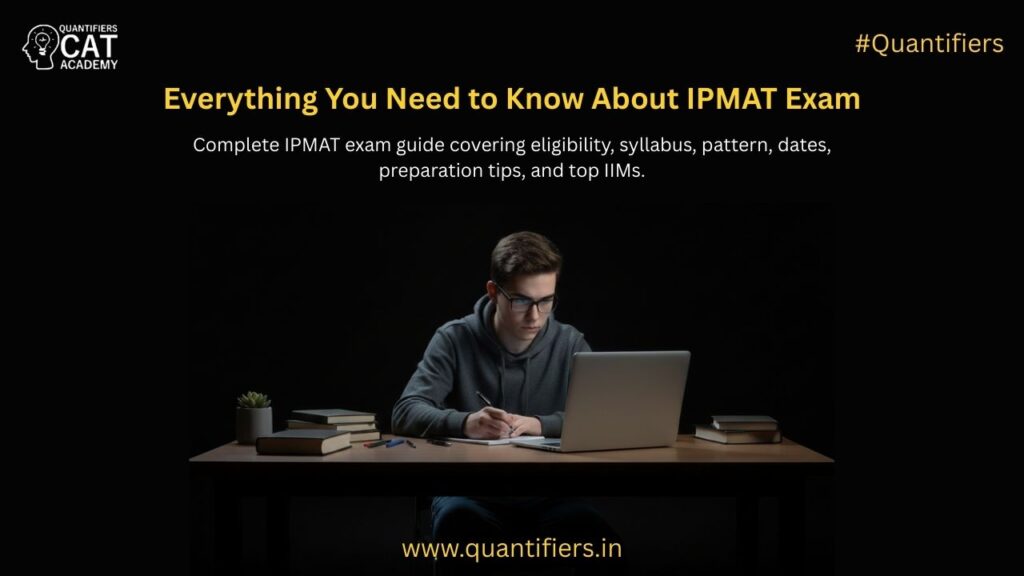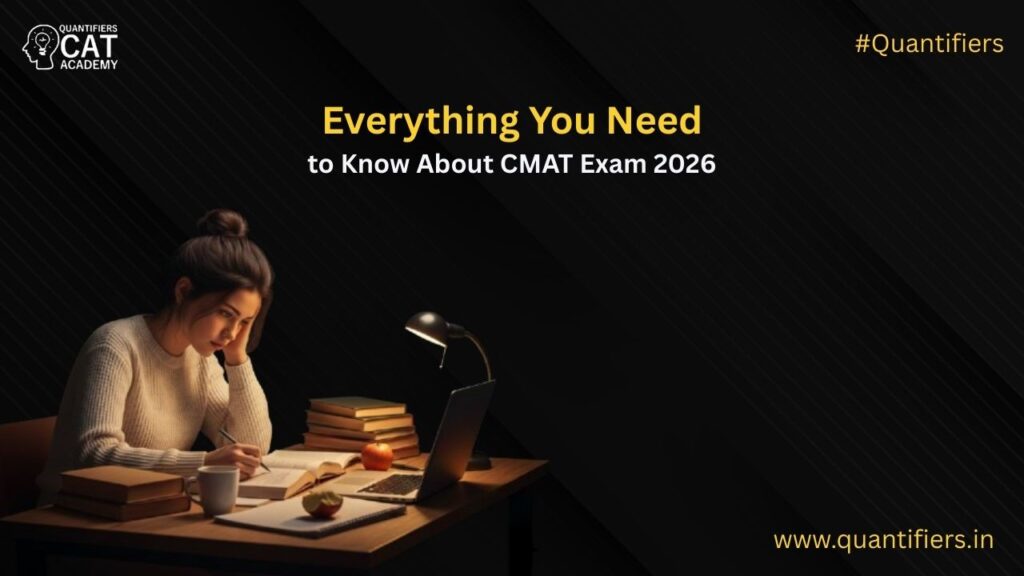Time, speed, and distance, often considered the formula for motion, hold the key to your CAT exam success. Our goal at Quantifiers is to make the universe of time, speed, and distance understandable so that preparing for the CAT test may be a fun adventure. Come along as we examine the powerful trio of ideas and see how they may help you ace the CAT exam! Time, speed, and distance are like the language of motion, allowing us to measure and understand how objects move. They’re the tools for solving real-world problems involving travel, speed, and the passage of time.
















